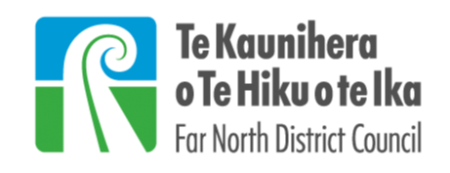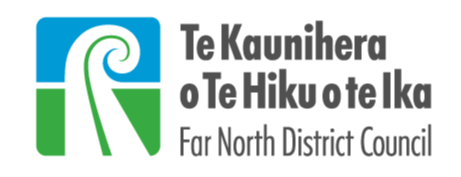Collective responsibility for road safety
By Deputy Mayor Ann Court.
Tomorrow I will attend a ceremony to launch construction of a new roundabout and two-lane bridge north of Kāeo. The bridge will replace an existing one-lane span over the Kāeo River that is part of State Highway 10 and is a major bottleneck. If you have ever driven this stretch of highway north, you will know how confusing it can be, especially for visitors.

Tomorrow I will attend a ceremony to launch construction of a new roundabout and two-lane bridge north of Kāeo. The bridge will replace an existing one-lane span over the Kāeo River that is part of State Highway 10 and is a major bottleneck. If you have ever driven this stretch of highway north, you will know how confusing it can be, especially for visitors. One end of the bridge meets the intersection with Whangaroa Road. Drivers heading north must make several decisions simultaneously. Do they go straight ahead onto Whangaroa Road or cross the bridge? By the time they have worked out they need to cross the bridge to continue north, they are already on it and will be surprised to discover it is one-way. Even more surprising will be the truck speeding towards them, flashing its lights because it has right of way. It would be amusing if it weren’t so dangerous. Waka Kotahi confirms there have been more than 30 accidents recorded there since 2000.
The $40 million project is long overdue. It will provide welcome improvements for visitors, freight and other road users and boost economic development. Most importantly, it will improve road safety. Sadly, Northland has the second highest rate of road deaths and serious injuries in the country, totalling 14.4 fatalities per 100,000 people. The national average is 6.3. Northland is an outlier for another reason; most of our road deaths and serious injuries occur on state highways, not local roads. Too many Northlanders still make poor choices when driving with speed, drugs and alcohol, and inattention factors in many serious road crashes. But chances of surviving that crash are determined by other factors. These include the age and condition of the vehicle, failing to wear a seat belt and the environment where the crash occurs. Earlier this year, the AA said it wanted a campaign to revitalise road maintenance across the country to start in Northland. It says our high rate of serious road crashes is linked poor road maintenance.
Roading engineers tell me that the cost of building roads in Northland is up to 50 per cent higher than other regions. Reasons include underlying geological and unstable soil structures, and Northland’s propensity for floods and droughts. These challenges are multiplied by the growing impacts of climate change and related storm surges.
I am very grateful for the Government’s commitment to invest $751 million over the next three years on maintenance of local roads and state highways in Northland, and for its focus on safety improvements. We are already benefiting from safety improvements provided by new roundabouts built by Waka Kotahi at Kawakawa, Puketona, and Waipapa. The new roundabout and bridge at Kāeo will be a welcome addition to our highway network. But these improvements are just one part of the safety equation. We all have responsibility for reversing our appalling crash statistics by ensuring vehicles are safe, and by driving to our abilities and the road conditions. Remember that this summer.
Tags: News story

